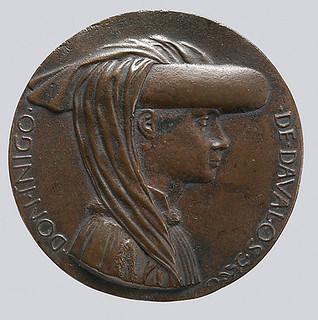
PREV ARTICLE
FULL ISSUE
PREV FULL ISSUE
FEATURED WEB PAGE: RENAISSANCE PORTRAIT MEDALSThis week's Featured Web Page is an online exhibit of Renaissance Portrait Medals from the Robert Lehman Collection at the Metropolitan Museum of Art in New York."The commemorative medal has its origins in 15th-century Italy. Several aspects of early Italian Renaissance culture led almost inexorably to the rise of the medal: the humanist emphasis on the primacy of the individual, the revival of classical antiquity, and the related desire to perpetuate personal fame and achieve earthly immortality in emulation of the great persons of the ancient world. "The medal succeeded in memorializing many men and women who might otherwise have disappeared from the historical stage. These small disks of metal, wood, or stone communicate a wealth of information about their portrait subjects, either explicitly or in the obscure language of symbol, allegory, and emblem. Through text and image, the medal celebrates an individual's unique qualities, power, accomplishments, family status, dynastic links, aspirations, beliefs, and significant life events (such as birth, marriage, and death). "The most successful portrait medals also convey the artist's skill in composing complex and balanced designs within the confines of a tiny circle, through the use of elegant lettering, sensitive portraiture, subtle modeling of forms and textures, and rich narratives. At its best, the medal embodies quintessential Renaissance values: purity of style, harmony, dignity, balance, and the gravitas regarded as an important foundation of character."  https://www.metmuseum.org/exhibitions/listings/
|
